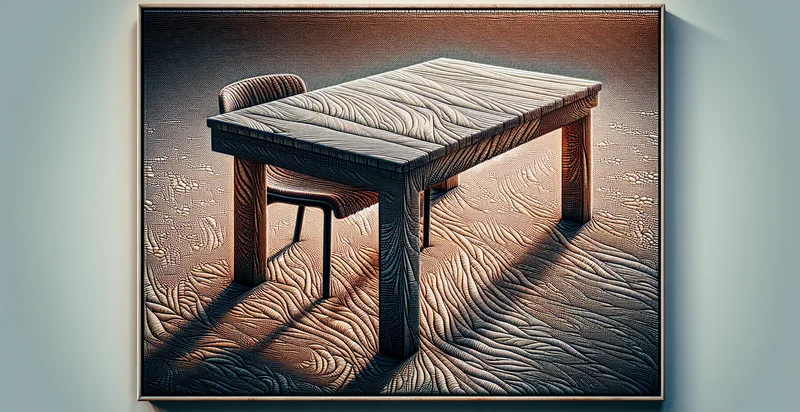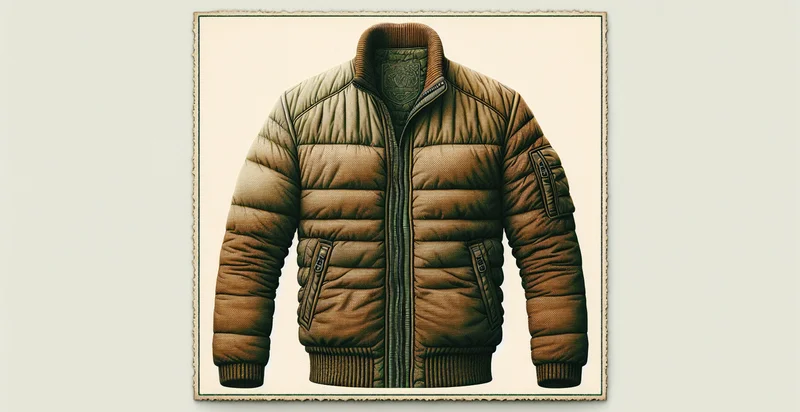Identify what material a table is made from
using AI
Below is a free classifier to identify what material a table is made from. Just upload your image, and our AI will predict what material a table is made from - in just seconds.

Contact us for API access
Or, use Nyckel to build highly-accurate custom classifiers in just minutes. No PhD required.
Get started
import nyckel
credentials = nyckel.Credentials("YOUR_CLIENT_ID", "YOUR_CLIENT_SECRET")
nyckel.invoke("what-material-a-table-is-made-from", "your_image_url", credentials)
fetch('https://www.nyckel.com/v1/functions/what-material-a-table-is-made-from/invoke', {
method: 'POST',
headers: {
'Authorization': 'Bearer ' + 'YOUR_BEARER_TOKEN',
'Content-Type': 'application/json',
},
body: JSON.stringify(
{"data": "your_image_url"}
)
})
.then(response => response.json())
.then(data => console.log(data));
curl -X POST \
-H "Content-Type: application/json" \
-H "Authorization: Bearer YOUR_BEARER_TOKEN" \
-d '{"data": "your_image_url"}' \
https://www.nyckel.com/v1/functions/what-material-a-table-is-made-from/invoke
How this classifier works
To start, upload your image. Our AI tool will then predict what material a table is made from.
This pretrained image model uses a Nyckel-created dataset and has 15 labels, including Acrylic, Bamboo, Cardboard, Ceramic, Composite, Concrete, Fabric, Glass, Laminate and Marble.
We'll also show a confidence score (the higher the number, the more confident the AI model is around what material a table is made from).
Whether you're just curious or building what material a table is made from detection into your application, we hope our classifier proves helpful.
Related Classifiers
Need to identify what material a table is made from at scale?
Get API or Zapier access to this classifier for free. It's perfect for:
- Furniture Retail Optimization: This function can help furniture retailers automatically classify the materials of tables in their inventory. By accurately identifying whether a table is made of wood, metal, or composite materials, retailers can streamline their inventory management and tailor marketing strategies to specific customer preferences.
- Quality Control in Manufacturing: Manufacturers can integrate this classification function into their quality control processes. By ensuring that tables are made from the specified materials, they can reduce defects, maintain product integrity, and ensure customer satisfaction by meeting material specifications.
- Home Décor Appraisal: Interior designers and appraisers can use this identifier to assess the materials of existing furniture within a client's home. Understanding the material composition allows for more accurate appraisals, enhancing design recommendations and ensuring consistency in choosing complementary pieces.
- E-commerce Product Listings: Online marketplaces can implement this function to automatically categorize tables based on their material. By providing potential buyers with material information upfront, it can enhance the shopping experience, improve product targeting, and reduce return rates due to material mismatch.
- Sustainability Tracking: Companies focused on sustainable practices can utilize this classification function to identify the materials used in their furniture products. This information can help them track the sustainability of their offerings, promoting eco-friendly materials and meeting the growing consumer demand for transparency in sourcing.
- Insurance Assessment: Insurance companies can employ this function for assessing claims related to damaged or destroyed furnishings. By identifying the material of the table involved in a claim, adjusters can determine the appropriate compensation based on replacement costs and material values.
- Supply Chain Management: This identifier can assist supply chain managers in verifying that the correct materials are used in the production of tables. By ensuring that the material used matches the original specifications, companies can avoid costly production errors and enhance operational efficiency.


